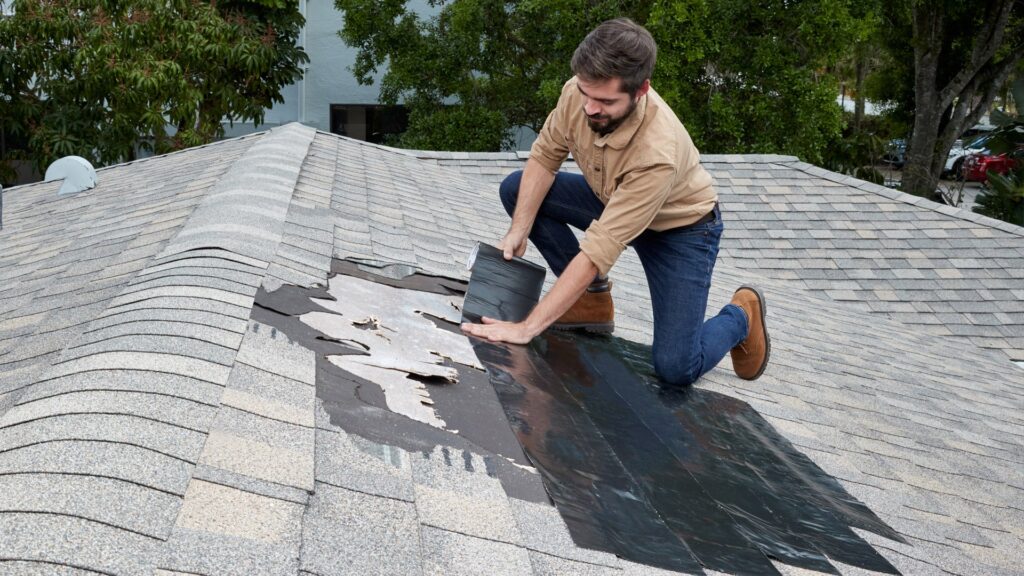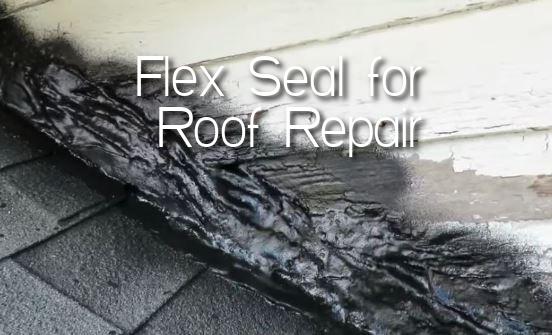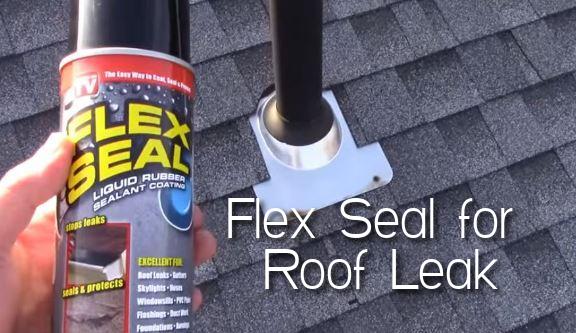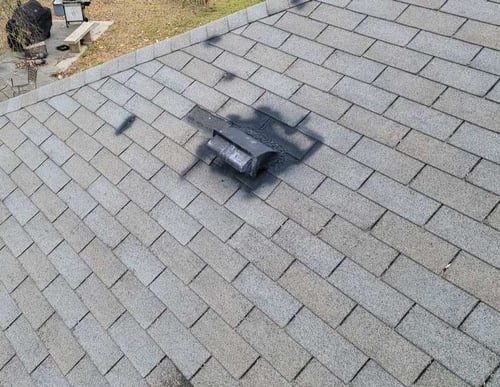If you’re looking for a quick and convenient solution to repair your roof shingles, you may have come across Flex Seal. But can you really use it on roof shingles? In this article, we will explore the effectiveness and practicality of using Flex Seal as a solution for roof shingle repairs. You’ll discover its potential benefits, limitations, and considerations before deciding whether or not this popular product is the right choice for you.
Can you use Flex Seal on roof shingles?
Many homeowners may wonder if they can use Flex Seal, a popular rubberized sealant product, on their roof shingles. Flex Seal has gained popularity for its versatility and ability to create a waterproof barrier on various surfaces. However, when it comes to roof shingles, it is important to consider several factors before deciding whether Flex Seal is a suitable solution. This article will explore the properties of Flex Seal, provide an understanding of roof shingles, discuss the pros and cons of using Flex Seal on shingles, and offer alternative solutions for roof shingle repair. Additionally, we will provide tips for preventing future shingle damage and discuss when it may be necessary to seek professional help.
What is Flex Seal?
Before delving into whether Flex Seal can be used on roof shingles, it is essential to understand what Flex Seal is and how it works. Flex Seal is a liquid rubber sealant that is designed to create a flexible and protective coating on various surfaces. It comes in a can and can be applied using a brush, roller, or by spraying. Once applied, Flex Seal dries to create a durable and waterproof seal. Its rubberized properties make it ideal for sealing leaks, cracks, and gaps in different materials such as metal, concrete, wood, and plastic. However, when it comes to roof shingles, using Flex Seal requires cautious consideration.

This image is property of cdn.shopify.com.
Understanding Roof Shingles
Roof shingles are an integral part of any residential or commercial roof. They serve as a protective layer, shielding the building from the elements and providing insulation. Shingles are typically made from various materials, including asphalt, metal, clay, wood, or slate. The type of shingle used can depend on factors such as climate, aesthetic preferences, and budget. In addition to protecting the roof, shingles also contribute to the overall appearance of the building. Therefore, it is crucial to carefully consider any product applied to shingles to ensure it does not compromise their functionality or appearance.
Pros of Using Flex Seal on Roof Shingles
Using Flex Seal on roof shingles can have several potential advantages. One of the main benefits is its ability to create a waterproof barrier. Roof leaks can be a common problem, and Flex Seal’s rubberized nature allows it to effectively seal small cracks or gaps that may lead to leaks. Another advantage is its ease of application. Flex Seal can be applied directly to the damaged area using a brush, roller, or sprayer, making it a convenient option for homeowners. Furthermore, Flex Seal is available in different colors, which allows it to blend in with the existing shingles and maintain the overall aesthetic appeal of the roof.

This image is property of howlongdoesrooflast.com.
Cons of Using Flex Seal on Roof Shingles
While there are potential benefits to using Flex Seal on roof shingles, there are also a few important considerations to keep in mind. One of the primary concerns is the longevity of the application. While Flex Seal is durable, its effectiveness can diminish over time due to exposure to harsh weather conditions, UV rays, and temperature fluctuations. Additionally, using Flex Seal on shingles may affect their breathability. Shingles are designed to allow proper ventilation, and applying a rubber sealant like Flex Seal could potentially hinder this airflow, leading to moisture buildup and potential damage to the roof structure. Therefore, it is crucial to carefully weigh the pros and cons and consider alternative solutions before deciding to use Flex Seal on roof shingles.
How to Prepare the Roof Surface
Before applying any product, including Flex Seal, to roof shingles, it is crucial to prepare the surface properly. Preparation ensures that the application adheres effectively and maximizes its longevity. Here are some steps to follow when preparing the roof surface for Flex Seal application:
- Clean the surface: Remove any debris, dirt, or loose shingle granules from the area where Flex Seal will be applied. This can be done using a broom or a brush.
- Remove mold or mildew: If there is any presence of mold or mildew on the shingles, it is essential to address it before applying Flex Seal. Use a mildew cleaner or a solution of bleach and water to eliminate the mold or mildew and allow the surface to dry thoroughly.
- Repair damaged shingles: If there are any severely damaged or curled shingles, it is advisable to replace them before applying Flex Seal. Ensure the surface is smooth and free from any major defects or irregularities.
By properly preparing the roof surface, you can ensure a clean and suitable foundation for the application of Flex Seal.

This image is property of howlongdoesrooflast.com.
Applying Flex Seal on Roof Shingles
Once the roof surface has been adequately prepared, you can proceed with the application of Flex Seal. Here are some steps to follow when applying Flex Seal on roof shingles:
- Shake the can: Before using Flex Seal, give the can a thorough shake to ensure that the product is well-mixed.
- Start with a small area: Begin by applying a thin and even coat of Flex Seal on a small section of the damaged shingle or the area that requires sealing. This allows you to assess the effectiveness and appearance of the product before proceeding further.
- Apply multiple coats if necessary: Depending on the severity of the damage or the desired level of protection, multiple coats of Flex Seal may be required. Ensure each coat has dried completely before applying the next one.
- Allow for proper drying time: Flex Seal typically requires at least 24 hours to fully cure. Avoid exposing the treated area to moisture or heavy rain during this time to ensure optimal adhesion and effectiveness.
It is essential to follow the manufacturer’s instructions and recommendations when applying Flex Seal to ensure the best possible results.
Alternative Solutions for Roof Shingle Repair
While Flex Seal may be a viable option for some roof shingle repairs, there are alternative solutions to consider. These alternatives can provide more long-term and reliable results, especially for significant damage or when the shingles are nearing the end of their lifespan. Here are a few common alternatives:
- Shingle replacement: If the damage is extensive or the shingles are old and worn, it may be best to replace the affected shingles entirely. This ensures a proper and secure fit, as well as maintaining the integrity of the roof overall.
- Roof sealants: There are various roof sealants specifically designed for shingle repair and protection. These sealants are formulated to adhere to shingles without compromising their breathability or longevity. Consulting with a roofing professional can help determine the most suitable sealant for the specific type of shingle and repair required.
- Roof maintenance: Regular roof maintenance and inspections can help identify small issues before they become extensive problems. Simple repairs, such as fixing loose shingles or resealing small cracks, can often prevent the need for major repairs or replacements in the future.

This image is property of i.ytimg.com.
Preventing Shingle Damage in the Future
While repairing damaged shingles is necessary, it is equally important to take preventative measures to avoid future damage. Here are some tips to help maintain the integrity of your roof shingles:
- Regular inspections: Conduct regular inspections of your roof to check for any signs of damage, such as cracked or missing shingles. Promptly address any issues to prevent further deterioration.
- Keep gutters clean: Regularly clean your gutters to prevent them from becoming clogged with debris. Clogged gutters can lead to water overflow and damage to the shingles.
- Trim overhanging tree branches: Overhanging tree branches can scrape against the roof, causing damage to the shingles. Trim any branches that are in close proximity to your roof to minimize this risk.
- Consider professional maintenance: Hiring a professional roofing contractor for regular maintenance can ensure that any potential issues are detected and addressed promptly, extending the lifespan of your roof.
Seeking Professional Help
While DIY repairs and preventative measures are often sufficient, there may be instances where professional help is necessary. If you are unsure about the severity of the damage, lack experience with roof repairs, or suspect underlying issues beyond your expertise, it is recommended to seek the assistance of a professional roofing contractor. Roofing professionals have the necessary skills, knowledge, and equipment to assess the condition of your roof, provide accurate recommendations, and perform repairs or replacements when needed.

This image is property of www.billraganroofing.com.
Conclusion
In conclusion, while Flex Seal may offer some advantages for temporarily sealing minor cracks or gaps in roof shingles, it is essential to carefully consider the pros and cons before proceeding. Flex Seal’s rubberized nature and waterproof properties make it potentially suitable for small-scale repairs, but its long-term durability and impact on shingle breathability are important factors to weigh. Prioritizing proper preparation, exploring alternative solutions for significant damage, and implementing preventative measures can help maintain the integrity of your roof shingles for years to come. When in doubt, it is always advisable to consult a professional roofing contractor for guidance and assistance in ensuring the optimal condition of your roof.
